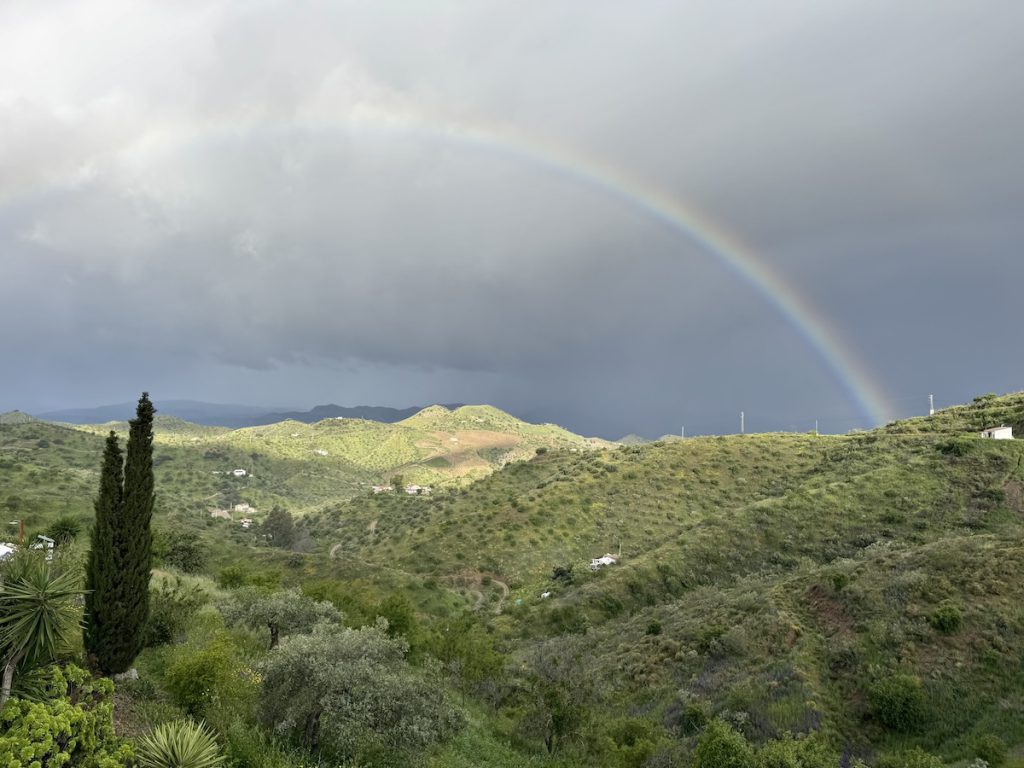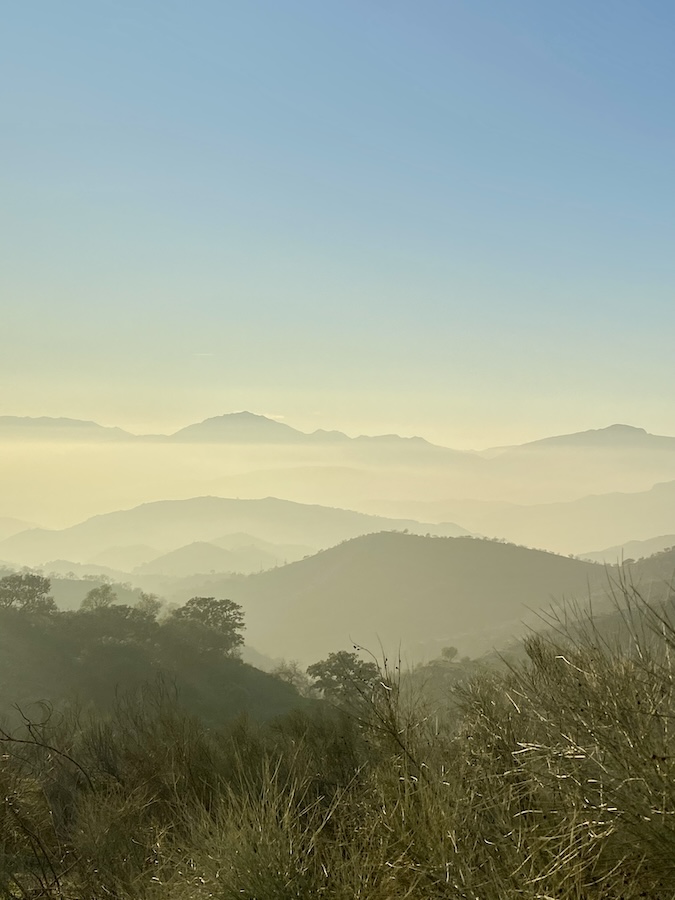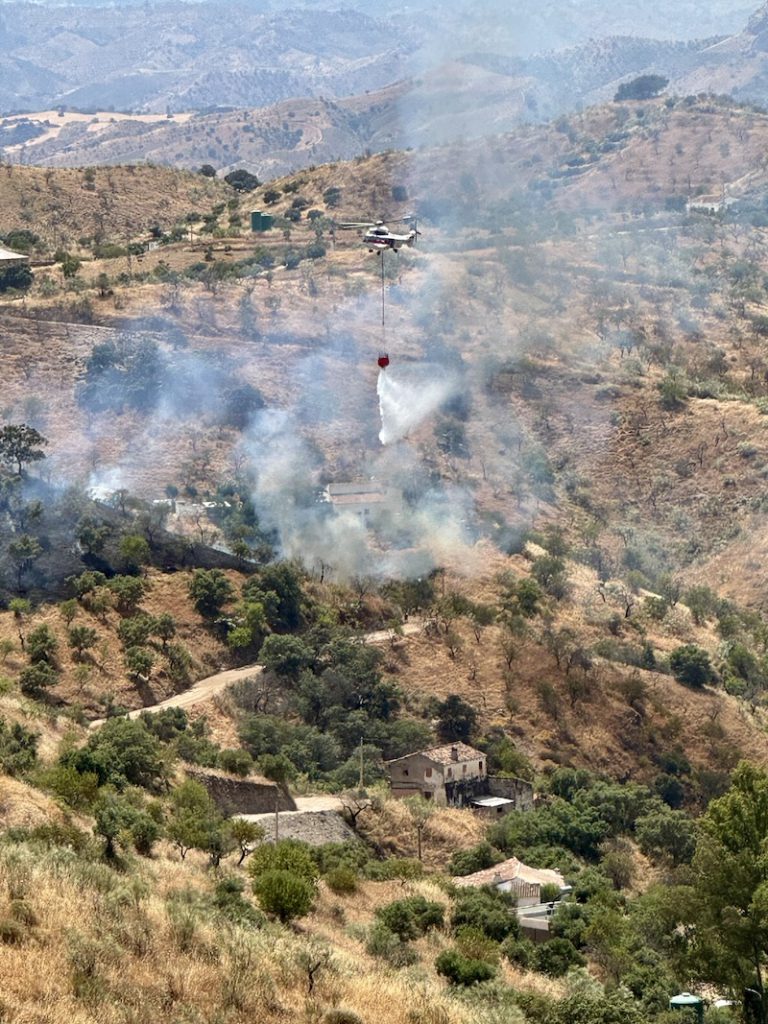Weather in Spain: Heat, Drought, and Extremes? Not everywhere! When you follow the news in the Netherlands or Belgium, it might seem like Spain is turning into a scorching desert where only air conditioning on full blast keeps you alive. Headlines about 40-degree-plus heatwaves, intense wildfires, or heavy downpours quickly spread.
But… is that the whole story? Honestly, yes and no. Spain is the second-largest country in Europe (after France), and that’s reflected in its climate. From Atlantic breezes to dry deserts, from alpine to subtropical—Spain has it all.

Weather in Spain: not just one climate
Spain officially has five different climate zones:
1. Mediterranean climate – Typical for the coasts of Andalusia, Valencia, and Catalonia: hot, dry summers and mild winters.
2. Oceanic climate – In the north (Galicia, Basque Country, Asturias): more rainfall and milder temperatures.
3. Continental climate – In the central regions (like Madrid and Castilla-La Mancha): hot summers, cold winters, low rainfall.
4. Alpine climate – In the Pyrenees: snowy, cold winters and cool summers.
5. Subtropical climate – On the Canary Islands: year-round mild and pleasant.
So the idea that “Spain is always unbearably hot” is simply not true. On the same day, it might be 18°C and rainy in Gijón or Santander, while in Seville the mercury climbs past 42°C.

Málaga province: a showcase of microclimates
Finca Las Nuevas is nestled in the beautiful hills of Álora. Our old olive farm has been transformed into a peaceful holiday retreat, open year-round. And even here—within just one province—you’ll find that the weather can vary drastically from one place to another. Málaga is a great example of how microclimates form, shaped by geography, elevation, wind, and distance from the sea.
Here are just a few local examples:
Málaga city and coastline
Classic Mediterranean—warm summers (30–32°C), mild winters. Thanks to the sea, it rarely gets extremely hot or cold.
Axarquía (near Vélez-Málaga and Cómpeta)
Warm, dry and very sunny—perfect for growing avocados and mangoes.
Sierra de las Nieves (near Ronda)
At higher altitudes, and noticeably cooler. It can snow in winter. Summers are pleasantly warm with cooler nights.
Guadalhorce Valley (Álora, Pizarra)
Where Finca Las Nuevas is located. Classic Mediterranean with hot summers, but the hilly landscape often brings a refreshing afternoon breeze. Even in our village Álora and up on our mountain, temperatures can differ by a few degrees.
Antequera inland
Slightly more continental—cooler winter nights and hotter summer days.
El Chorro and the Caminito del Rey
Warm and dry, but with shifting local wind patterns due to surrounding mountains.

Media vs. reality: the truth about the weather in Spain
One of the biggest issues with weather reports about Spain is that they often generalise. Forecasts for Madrid or Seville are shown as representative of the whole country. But the mountains of Málaga or the coast of Cádiz can paint a totally different picture. Yes, there are heatwaves—especially inland. And yes, heavy rains can happen, particularly in autumn. But not everywhere, and not all the time. Many areas—like where we live—benefit from the warm sun without the disadvantages of the “urban heat island” effect.
In the hills, it’s often quieter, drier (lower humidity than at the coast), and there’s usually a gentle breeze. Also, evening temperatures drop nicely, making nights pleasantly cool. You can often sleep with open windows and a light blanket.
Sure, we occasionally get hot nights, but they usually occur only during a heatwave, which lasts 2–4 days. During those days, it might stay close to 30°C at night—but they’re rare and short-lived.
Wildfires in Spain
Yes, wildfires do occur in Spain during the summer. But not all of them are large-scale disasters that rage for days. Just a few weeks ago, there was a fire on the hill opposite our finca. It started in the morning, likely because someone threw a lit cigarette into dry grass along the road—sadly, a common cause. After a very rainy winter in Andalusia, wildflowers and weeds grew in abundance. But once summer arrived, the landscape dried up quickly. That day, strong winds helped the fire spread fast.
BUT, response time was incredibly quick. A helicopter arrived to survey the area, two fire trucks with about twenty firefighters were on-site shortly after, and a water-bombing chopper started dousing the flames. Within two hours, the fire was under control. A few hours later, it was completely extinguished. That evening, when a small flare-up occurred, the monitoring team was still present and handled it immediately. This is how many fires are dealt with in this region. Fires are serious, of course, but they’re not a reason to avoid Spain as a holiday destination.

Our perspective: what we know about the weather in Spain
If you’re considering a holiday in Andalusia—or Spain in general—don’t be discouraged by dramatic headlines like “Spain swelters under 45-degree heat.” That kind of heat usually applies to Seville or Córdoba, not the hills near Álora. Here, summers are sunny and warm—perfect for a dip in the pool, a morning hike, or an outdoor dinner without a jacket. For more information about a summer holiday in Andalusia, you can read this blog. We’ give you tips about how to deal with the warm weather.
And winter? Often sunny with daytime highs between 15 and 20°C—ideal for active getaways or longer winter stays.
Want to experience the real climate of Andalusia for yourself? Come visit Finca Las Nuevas—where sunshine, peace and fresh air come together. And we’ll be happy to share everything we know about how the weather in Spain really works.



0 Comments